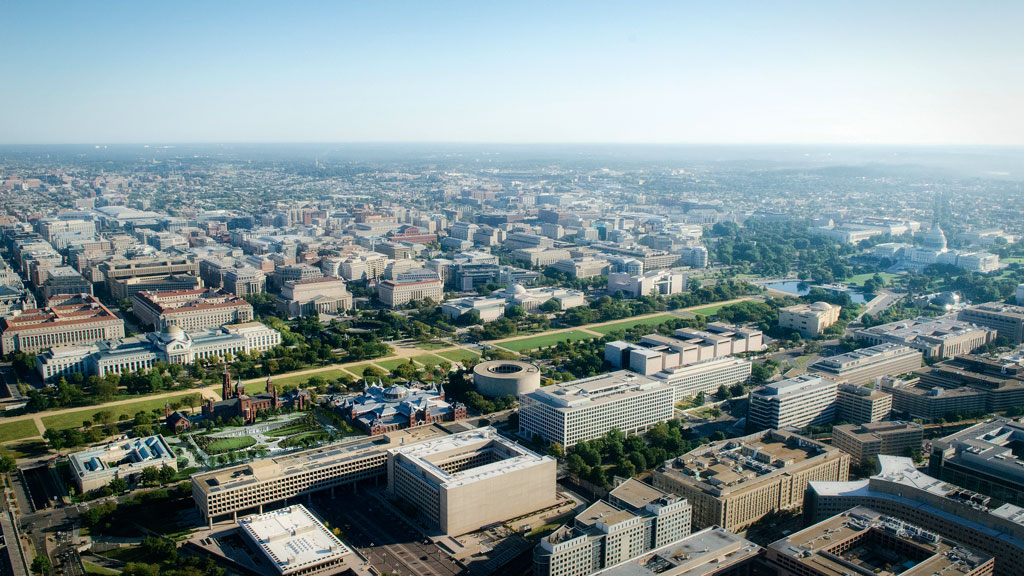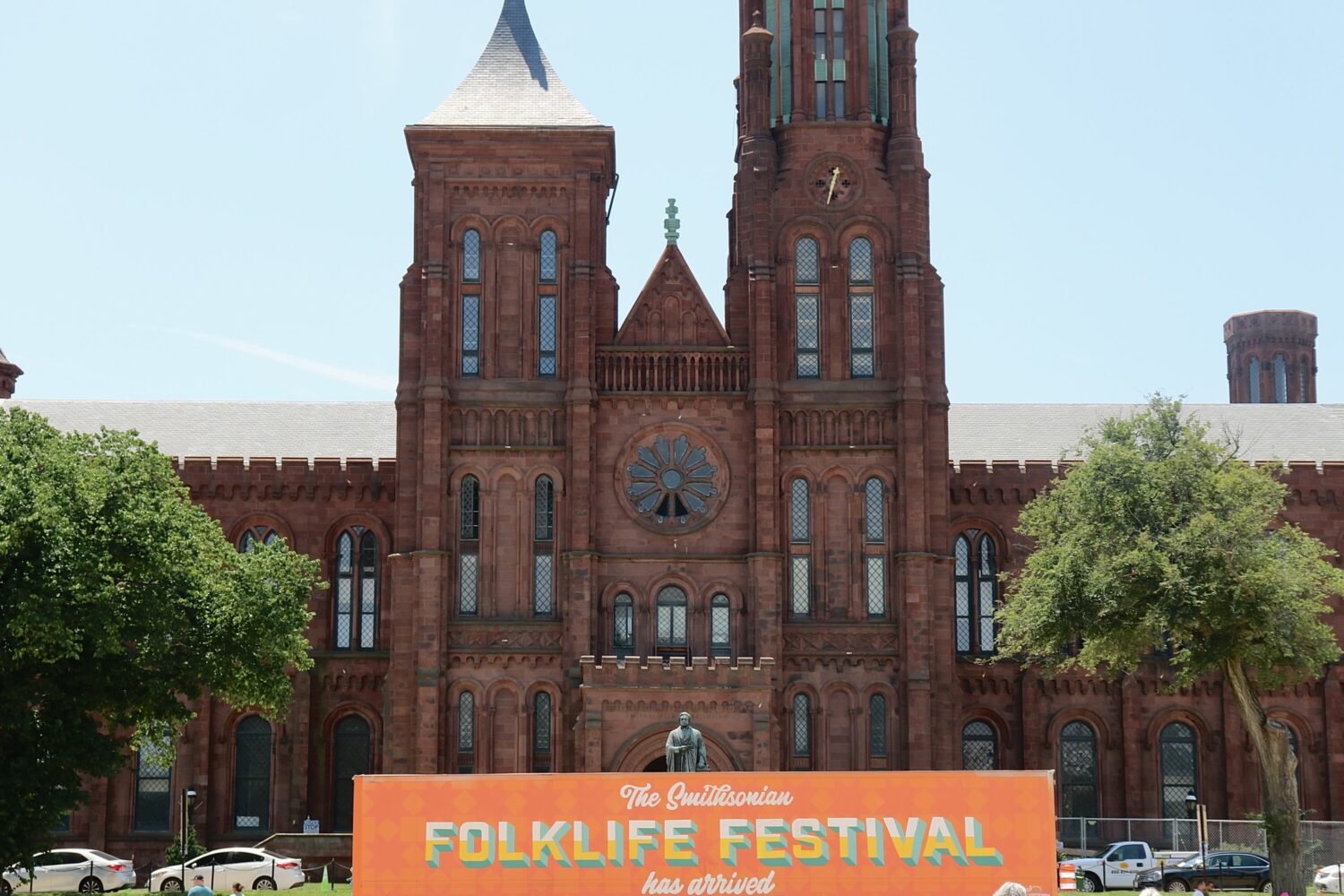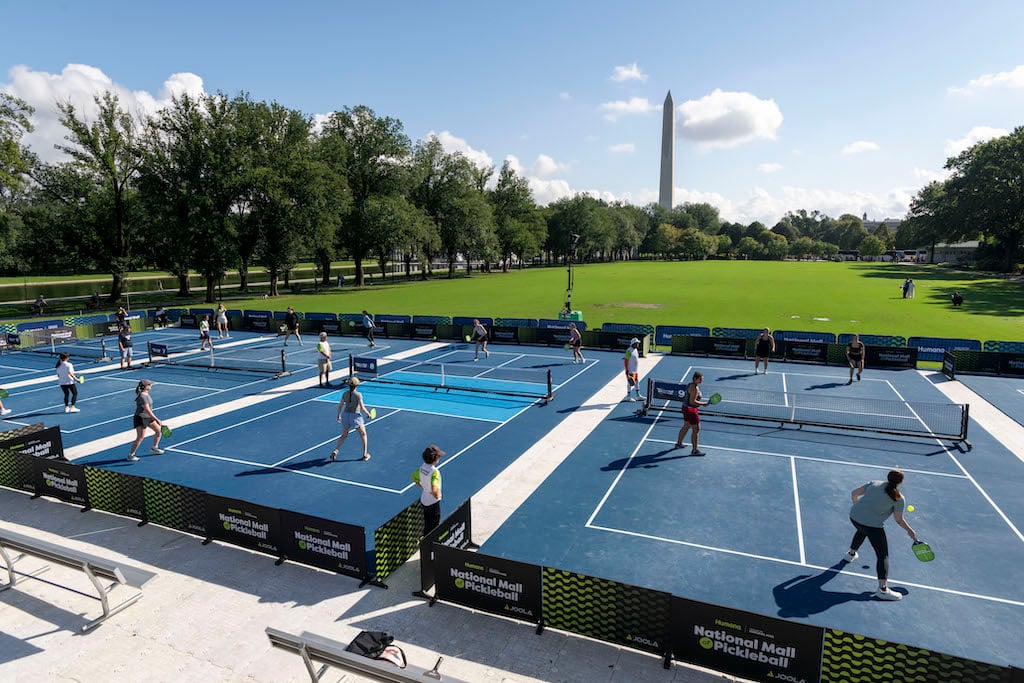For the Smithsonian Institution, September’s opening of the National Museum of African American History & Culture represented a culmination of decades of work. It also represented a smashing success—one of the strongest collections the institution has ever assembled. Some 20,000 people turned out for the dedication. A photo of Michelle Obama hugging George W. Bush went viral, creating the kind of feel-good image that’s been scarce in 2016.
But even as non-VIPs wait for their own visitors’ passes, a question lingers: What now? After the successive launches of the Native American and African-American museums, there’s no obvious next action item for the folks who display our national heritage. Figuring out what the next big museum should be is a complicated question tangled up with money, politics, and—now that the last space on the Mall has been filled—geography.
The Smithsonian’s museums fall into two basic categories. One category is relatively simple and involves bequests from wealthy benefactors: There’s no reason the US has to have national collections of Asian art, but when the Freer and Sackler treasures were deeded to the Smithsonian, it ended up with two. Presumably, some other would-be donor gift could quickly become the Smithsonian’s next project.
The second category—those big museums that document America’s history and aspirations—is much trickier. Days before the NMAAHC’s debut, Representative Xavier Becerra, a California Democrat, introduced legislation creating a national Latino museum on the Mall. The case for such a place is pretty strong on demographic grounds as well as what you might call moral ones: Latinos are a vast group whose story has often been ignored—even at the Smithsonian—in traditional versions of US history. But plenty of advocates have made similar cases for other museums. A commission studying the creation of a national women’s-history museum is scheduled to report back to Congress this month. There have been efforts to create a national LGBT museum. Then there’s Sam Eskenazi, a former Holocaust Museum official who has spent his retirement years clamoring for a National Museum of the American People, to document 20,000 years of immigration. He’s got a roster of ethnic organizations backing his idea and limited support in Congress, including from Virginia’s Jim Moran.
The political muscle is only part of it. The NMAAHC and the National Museum of the American Indian both raised a large part of their construction costs from private donors, adding another element to the race to be next.
Of course, not all history museums have to be about righting some wrong of American memory-keeping—the Air and Space Museum draws the Smithsonian’s biggest crowds because of its gee-whiz factor. In recent years, the most serious case for a museum focusing on ingenuity was in 1998, when former surgeon general C. Everett Koop lobbied unsuccessfully to relocate the National Museum of Health and Medicine to the Mall.
What sank Koop’s idea—and what will likely flummox other would-be museum builders—is space. Washington is running out of Mall, meaning the Smithsonian’s plans may have to involve some creativity, if not a major rethinking of where the capital builds its tourist attractions.
On the less complicated side: The Smithsonian could repurpose its Arts and Industries Building to house a museum. The 1881 edifice recently reopened, after a long restoration, as a space for pop-up galleries. But with only 40,000 square feet of exhibit space, it’s far smaller than most of its neighbors.
More ambitious: Taking over the Agriculture Department, the only office building on the Mall, which occupies two blocks along Independence Avenue. Both Becerra and Eskenazi mention it as a potential location for their dream museums. “It’s not a waste,” Becerra says of the building’s current use, “but it’s not the optimal use of that prime real estate where people from around the world get to come learn what it means to be an American.”
Realistically, the next big national museum will probably need to go somewhere else. In 2006, Washingtonian proposed constructing an island in the Potomac for new museums and monuments—the kind of audacious development that a blockbuster museum could anchor. Eskenazi’s ambitions, alas, don’t involve quite so much engineering: He’s looking at a chunk of Benjamin Banneker Park, just south of L’Enfant Plaza, a stone’s throw from Independence Avenue.
All of this may have to wait. The Smithsonian, spokeswoman Linda St. Thomas says, is out of the splashy-new-institution business—for now: “We don’t have any more museums planned.”
Which isn’t to say it isn’t busy. The next mega-project is a head-to-tail renovation of the Air and Space Museum. After that, a $2-billion renovation of the south side of the Mall. The plan has a splashy architect in Bjarke Ingels and calls for rehabilitating the Smithsonian “castle” and making the campus more pedestrian-friendly. One thing Ingels’s imaginative design won’t be able to do? Create space for any new buildings.
This article appears in our November 2016 issue of Washingtonian.


















